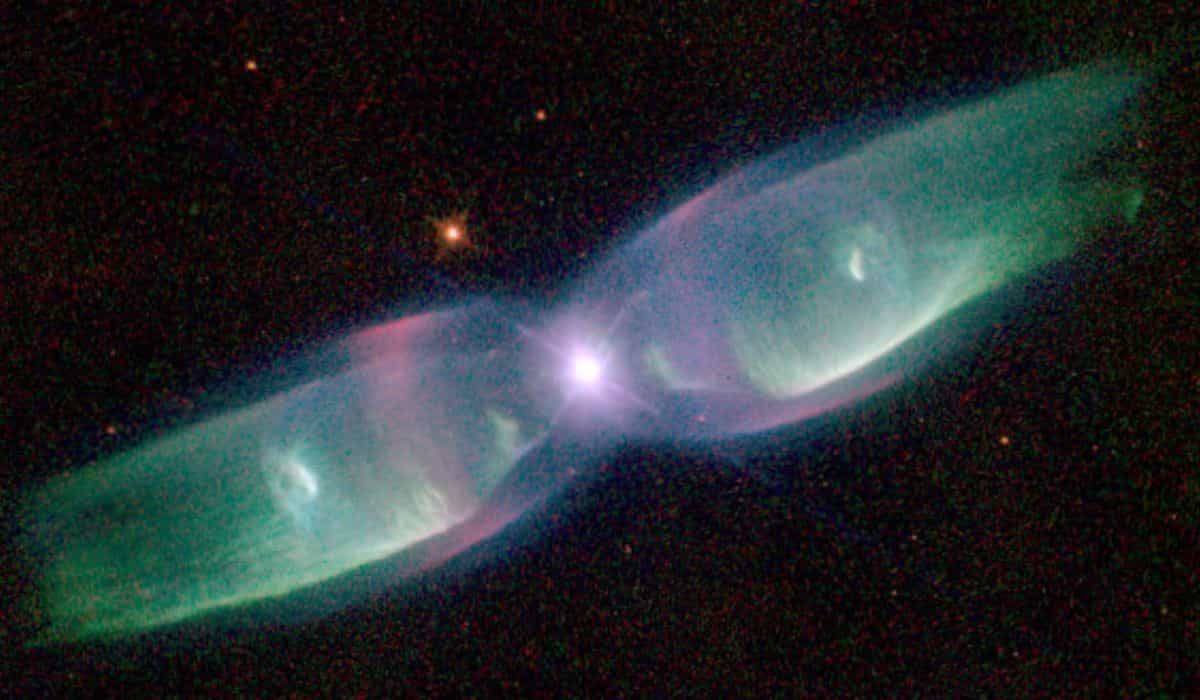
In celebration of the 30th anniversary of its first Maintenance Mission, the Hubble Space Telescope has been sharing some incredible images captured throughout its history.
+Twitch Announces Closure of Operations in South Korea
+NASA Highlights Cosmic Dance of Stars and Dust in the Carina Nebula
Among the selected ones, the Hubble highlighted the bipolar nebula M2-9, known as the Twin Jet Nebula; its iconic shape resembles a butterfly.
The M2-9 is located 2,100 light-years away from Earth in the Ophiuchus constellation and is particularly noteworthy for its appearance of supersonic jet exhaustion, with gas moving at speeds exceeding 320 kilometers per hour.
The central star of the Twin Jet Nebula is part of an extremely close pair, orbiting at a very short distance, raising the possibility of one star being engulfed by the other.
Taken with a camera installed on Hubble 30 years ago this week, the Twin Jet Nebula stuns in this #HubbleClassic image!
Also known as M2-9, this nebula is 2,100 light-years away and was created by a dying star: https://t.co/9hE6Q39B30 pic.twitter.com/0qdHY7Plky
— Hubble (@NASAHubble) December 5, 2023

